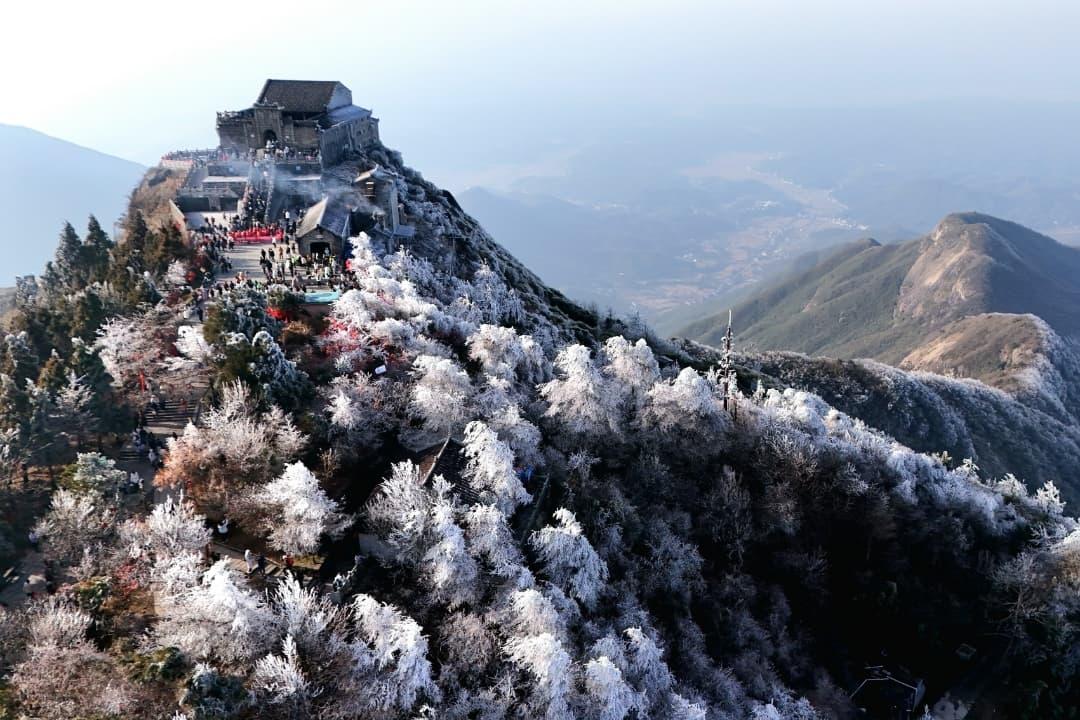Surveyors take giant steps to recalculate height of Qomolangma


A perplexing question
The desire to explore the world's extremities has driven countless adventurers to test their courage, energy and skill, and Qomolangma definitely ranks high on the wish list.
The question of the mountain's height has perplexed Chinese scientists and administrators for hundreds of years, but regular changes in geological structure and improvements in measuring equipment and technology have produced a range of answers.
Qomolangma straddles the China-Nepal border, with its northern section located in Shigatse, Tibet.
Chinese scientists conducted the first survey of the mountain more than 300 years ago, during the Qing Dynasty (1644-1911).
Since the founding of the People's Republic of China in 1949, surveyors had conducted six other rounds of measurement and scientific research.
However, only the heights calculated after surveys conducted in 1975 and 2005 were released, coming in at 8,848.13 meters and 8,844.43 meters respectively.
Given the huge amounts of money and people involved, why must the mountain be measured so often?
"Like parents who check the health of their children in various ways, including by measuring their height, scientists measure the height of the world's highest mountains to learn more about the earth and collect geoinformation," said Chen Junyong, a geologist and member of the Chinese Academy of Sciences.
He noted that Qomolangma is located at the point where the Eurasian and Indian tectonic plates meet, which makes the mountain the perfect window for observing crustal movement. Changes in the peak's height could indicate whether the plates are heading toward or away from each other.
Qomolangma emerged from the oceans 38 million years ago as a result of the two plates colliding, according to Chen.
"Crustal movement affects the geological structure, including the mountain's height. As the plates move, the height-which is affected by geological activity, such as earthquakes-changes," he said.
Dang Yamin, director of the Institute of Geodesy and Geodynamics at the Chinese Academy of Surveying and Mapping, used the magnitude 7.9 earthquake that struck Nepal in 2015 as an example, noting that it caused permanent changes in the Earth's surface and may have affected the height of Qomolangma.
"Scientists from other countries measured the height following the earthquake via various methods such as GPS. However, the most reliable measurement cannot be calculated unless professional surveys are conducted on the site," Dang said.
"The answer provided by last month's project will be the most reliable."
As leader of the technical coordination group, Dang said the survey team noted the condition of the snow and ice at the summit that may indicate imminent climate change on the Tibet-Qinghai Plateau.
"That's why measuring Qomolangma's height is so significant. Put to good use, it could benefit mankind," he said.
- Policy support urged to boost marriage rate
- Xi stresses importance of raising minors' moral standards
- China willing to advance just and equitable global anti-corruption system
- Chongqing hosts Silver Age fashion model competition
- Hengshan Mountain glistens with iconic winter rime scenery
- Ningbo hospital staff disciplined following pediatric surgery death





































